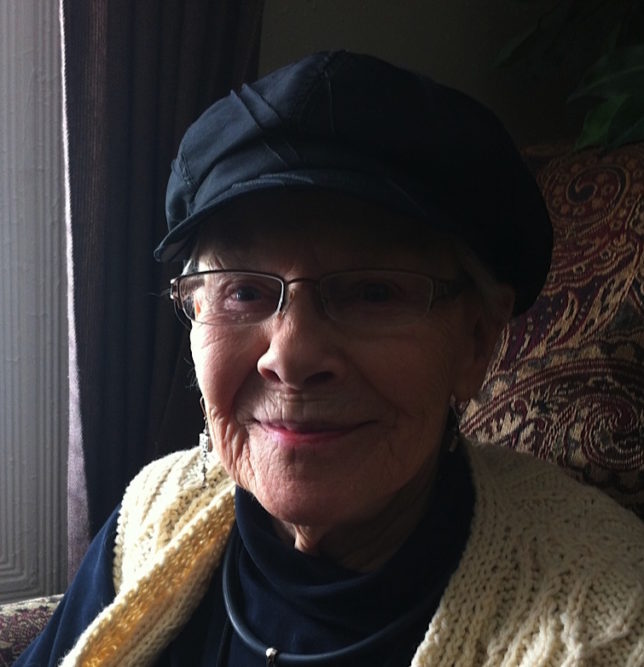
When he turned seventy in 1905, Mark Twain spoke at a lavish party thrown in his honor at Delmonico’s restaurant in New York City.
 “The seventieth birthday!” he exclaimed. “It is the time of life when you arrive at a new and awful dignity when you may throw aside the decent reserves which have oppressed you for a generation and stand unafraid and unabashed upon your seven-terraced summit and look down and teach – unrebuked.”
“The seventieth birthday!” he exclaimed. “It is the time of life when you arrive at a new and awful dignity when you may throw aside the decent reserves which have oppressed you for a generation and stand unafraid and unabashed upon your seven-terraced summit and look down and teach – unrebuked.”
Even at 71, I’m still far from throwing aside “decent reserves” and taking a fully “unafraid and unabashed” stand. But I’ve still got time – 70 is no longer the summit it was in Twain’s day. At this point, I prefer to think of the seven decades of my past as many-layered substrata to stand on* or even a springboard for what’s next rather than as a summit. We live in an extraordinary time historically speaking, when it’s possible for many more of us than ever before to imagine a life beyond 70. In 1905, when Mark Twain turned 70, the average life expectancy in the United States was 47 years for men, 50 for women. Today the average is 76 and 81.

In the next several years, I’ll be exploring with some intention what this longer life might mean for me and others if we’re among those who reach a life span of “average” or above. Specifically, I’ll be developing the Jini Dellaccio Project – an experiment named for a remarkable woman who lived into her late 90s mastering a unique and powerful photographic vision. The project [described more here] celebrates Jini’s lifelong curiosity, engagement with others, creation of a life in her own way, and a work ethic that continued into her tenth decade. She did not understand the word “retire.”
Living into one’s 70s, 80s, and 90s is nothing new, of course. Although accounts of exceptionally old people can be found throughout history, it’s definitely becoming more common today thanks to modern medical advances and the huge increase in knowledge about health and aging. On average, we’ll live 30 years longer than people did 100 years ago, and as a group we also have unprecedented levels of health, energy, time, and sometimes resources. But culturally and economically we’re really not prepared. If we do live into those “extra” years and aren’t completely undone scrabbling for money to pay for them, we have to ask ourselves, how will we spend the extra time when “retirement age” comes so early?

Our society isn’t organized to know what to do with us, and certainly not for as long as many of us are apt to live. As anthropologist and author Mary Catherine Bateson told a crowd at Town Hall Seattle in 2010, “We can’t think of our extra 30 years as just tacked on to the end of our lives; thirty years is much too long for that.” She urged us to see these extra years as a whole new period in our lives, saying that we’re becoming a different species. “I can imagine playing golf for a year,” she said, “but not for 30 years.” And if golf isn’t your thing any more than it’s mine, her sentiment applies equally well if you’re not inclined, or can’t afford, to travel the world for 30 years or if keeping your body tuned up just doesn’t fill the days. Bateson called this time in our lives, “the age of active wisdom.” The Jini Dellaccio Project builds on this spirit.
««««««•»»»»»»
* Substratum (pl. substrata): The material of which something is made and from which it derives its special qualities.
![]()